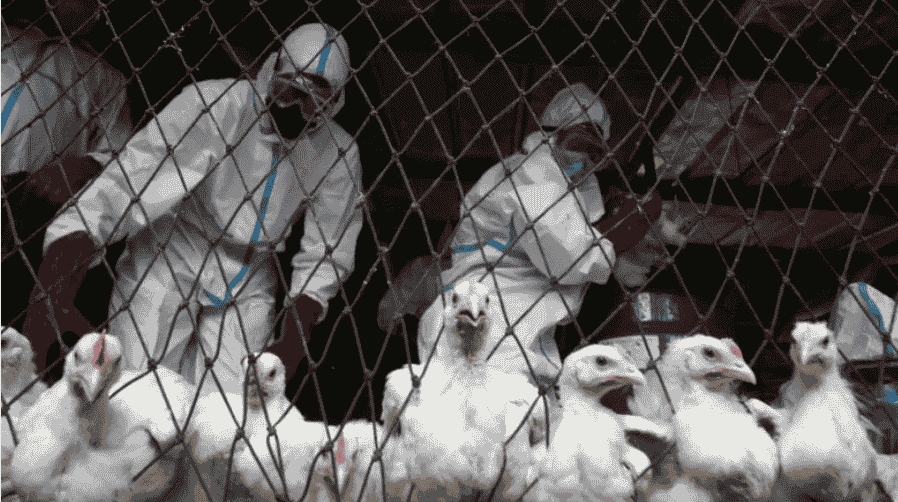
The pandemic of COVID-19, which has killed over 21 million people, has made an existential question concretely urgent.
The first-ever widespread global outbreak of monkeypox hit many nations on practically every continent. It felt as though the world had escaped a catastrophe when the number of instances began to decline.
Avian Flu Outbreak Sparks Fresh Concern
In addition, the pandemic of the extremely lethal Ebola Sudan virus in Uganda posed a threat to the entire region as it spread to the heavily populated capital city of Kampala.
In recent years, the frequency of such potential crises has increased dramatically, making new pandemics a threat to the global population that cannot be disregarded.
The first new pandemic since COVID-19, which is still infecting billions of people, may already be in plain sight, but it is mostly ignored or disregarded by the media and receives no governmental attention.
Since October 2021, the largest known outbreak of highly pathogenic avian influenza (HPAI) has killed millions of birds. According to the World Organization for Animal Health, more than 140 million poultry, including 60 million in North America and 48 million in Europe, have been slaughtered due to disease and related culling (WOAH).
The H5N1 influenza virus in the current avian pandemic belongs to a clade (viral family) circulating across poultry and wild birds on various continents, but is most closely related to strains among European seabirds, according to genomic analysis.
In December 2021, the first instances in North America were discovered on a bird farm in Newfoundland and Labrador, Canada. The Florida Fish and Wildlife Conservation Commission stated in February 2022 that the virus was responsible for the death of black vultures at Hontoon Island State Park.
Read more: Women who suffer pre-eclampsia while pregnant are at a higher risk of having a fatal heart attack
Substantial Damage To Bird Populations

Throughout the following months, the virus spread to numerous wild bird species, commercial poultry, and mammals, including grizzly bears, red foxes, coyotes, seals, and dolphins. On April 27, the US Centers for Disease Control and Prevention (CDC) confirmed a human case in an inmate in Colorado who had participated in the culling of infected poultry.
The Wall Street Journal reported in February 2022 that the avian flu has infected a poultry farm in Fulton, Kentucky, and a Tyson Foods chicken processing plant, prompting fears of a repetition of the 2015 bird flu pandemic.
Compared to the previous year, egg prices have increased by about 60 percent by December, while egg inventories have decreased by 29 percent. Currently, there have been 6,7 million chicken deaths in Nebraska, up from 4,8 million during the 2015 outbreak. According to the Journal, ninety percent of Colorado’s egg-laying hens have been lost.
As devastating as the outbreak has been for the avian population, the fear persists that the virus may figure out how to transmit itself efficiently through humans. According to the World Health Organization (WHO), there have been just 864 instances of H5N1 in humans across 18 countries between 2003 and March 2022. The United States was the first country to experience the illness.
The fatality rate, however, is alarmingly high, with 456 fatalities out of 864 cases, or a fatality risk of 53% if infected. Exposure to sick chickens or polluted settings has resulted in sporadic, minor clusters of infections thus far.
In December 2014, more than 50 million birds perished as a result of a pandemic, costing farmers more than $1.6 billion. During the summer of 2015, however, the virus vanished as swiftly as it had emerged. Returning migratory birds to Canada were confirmed to be virus-free.
In the present instance, though, the outbreak persisted throughout the summer and has reemerged this winter. Compared to the 2014–2015 outbreak, when fewer than 100 wild birds tested positive for H5N1, active surveillance has found more than 3,300 sick birds across 100 species, an enormous magnitude of transmission.
Read more: Mental health, bullying are at the top of parents’ concerns for their children

